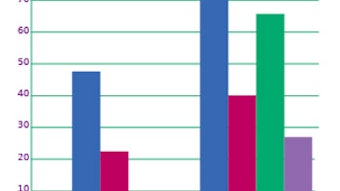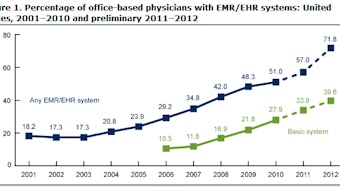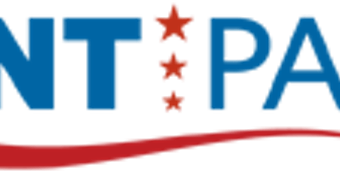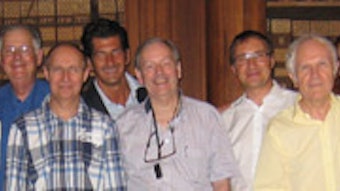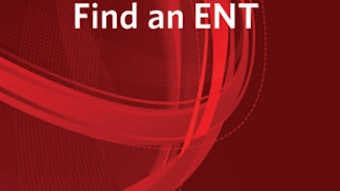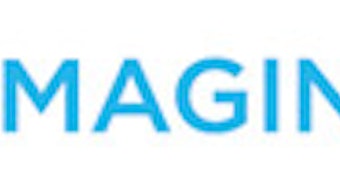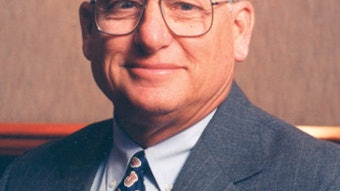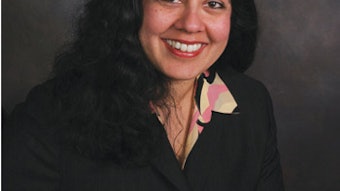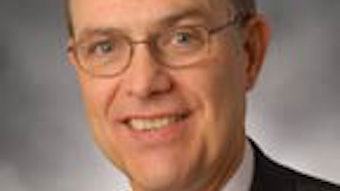Last Chance to Book for Dr. K.J. Lee’s 2013 China Tour
May 1 is the deadline to book for Dr. K.J. Lee’s tour of China, June 5-16. It starts following the IFOS World Congress in Seoul, South Korea, and ends at the World Chinese ENT Academy Congress in Hong Kong. Exchange ideas with Chinese otolaryngology leaders and enjoy Chinese cultural heritage, with these famous sights: The Great Wall, Beijing’s Summer Palace, Tiananmen Square, and Forbidden City Peking Opera and Peking duck banquet Xi’an’s terra cotta warriors and the World Heritage Site, Fujian Tulou Hong Kong To reserve today, call Donna Dalnekoff at 1-203-772-0060 or 1-800-243-1806, or email Donna.Dalnekoff@ATPI.com to do your booking. Questions? Contact Dr. K.J. Lee: 1-203-777-4005 or kjleemd@aol.com

Exchange ideas with Chinese otolaryngology leaders and enjoy Chinese cultural heritage, with these famous sights:
- The Great Wall, Beijing’s Summer Palace, Tiananmen Square, and Forbidden City
- Peking Opera and Peking duck banquet
- Xi’an’s terra cotta warriors and the World Heritage Site, Fujian Tulou
- Hong Kong
To reserve today, call Donna Dalnekoff at 1-203-772-0060 or 1-800-243-1806, or email Donna.Dalnekoff@ATPI.com to do your booking. Questions? Contact Dr. K.J. Lee: 1-203-777-4005 or kjleemd@aol.com


